Showing 1–32 of 102 results
-
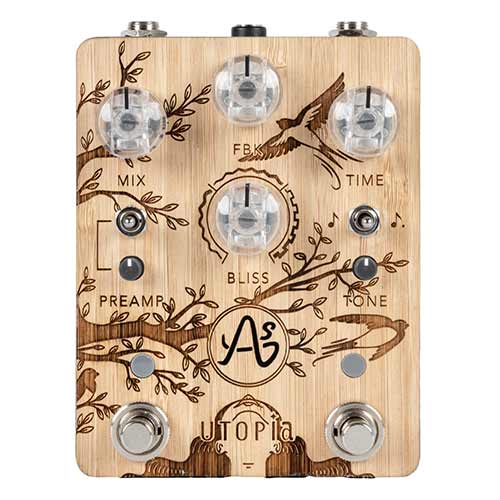
Anasounds Utopia Deluxe
€ 299 Add to cart -
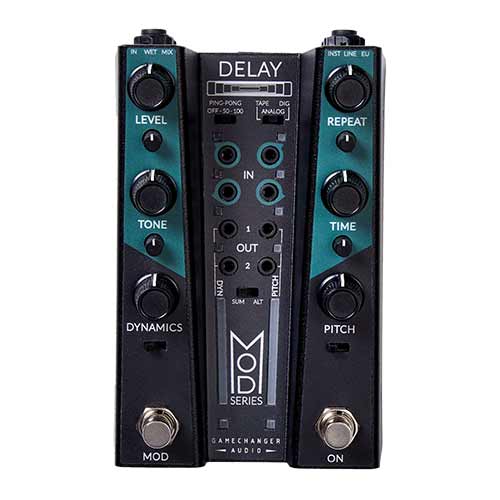
Gamechanger Audio Mod Series Delay
€ 247 Add to cart -
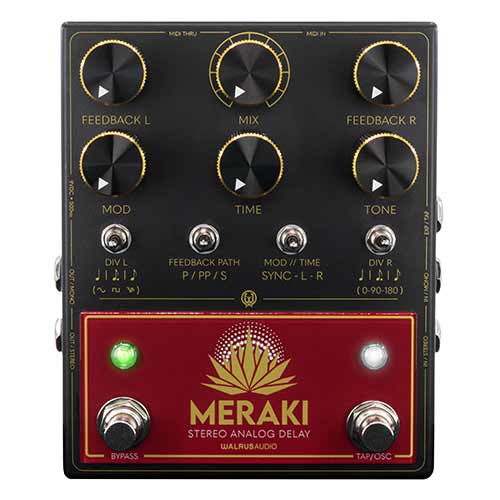
Walrus Audio Meraki
€ 669 Add to cart -
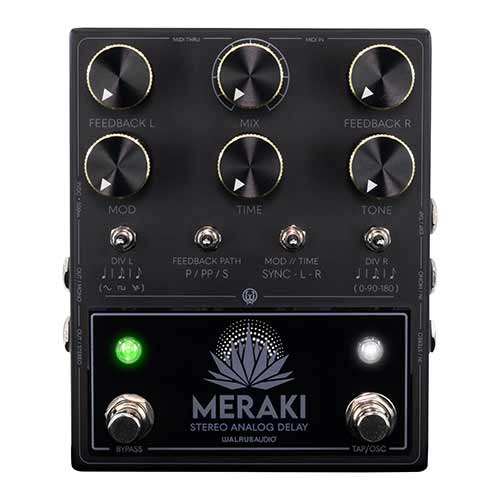
Walrus Audio Meraki Blacked Out
€ 669 Add to cart -
-14%
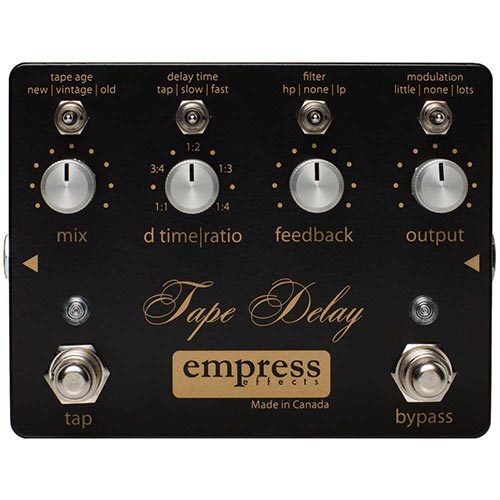
Empress Effects Tape Delay
€ 249 Add to cart -
-11%
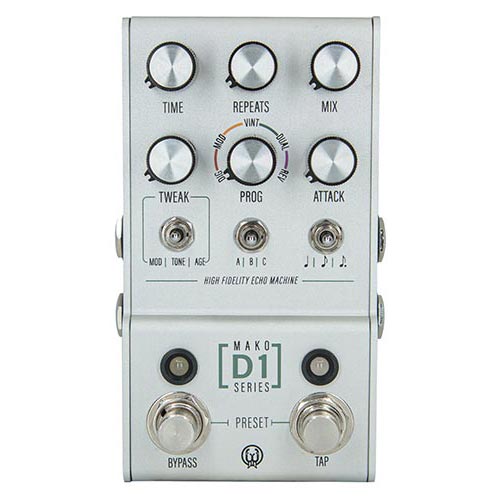
Walrus Audio Mako D1
€ 299 Add to cart -
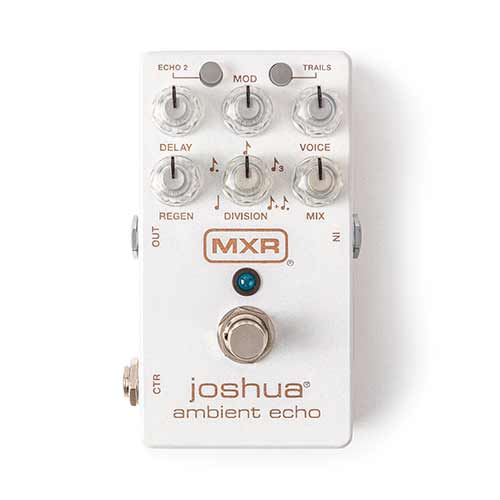
MXR Joshua Ambient Echo
€ 299 Add to cart -
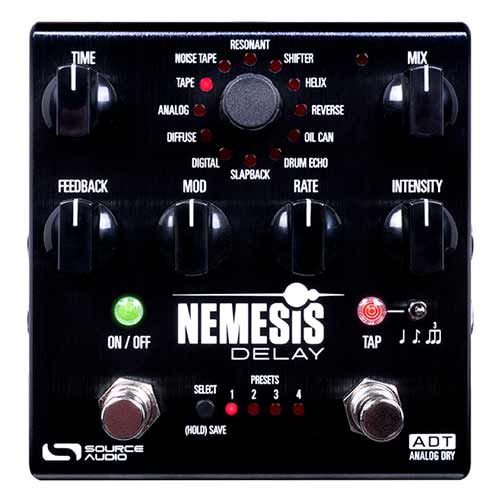
Source Audio Nemesis Delay ADT
€ 439 Add to cart -
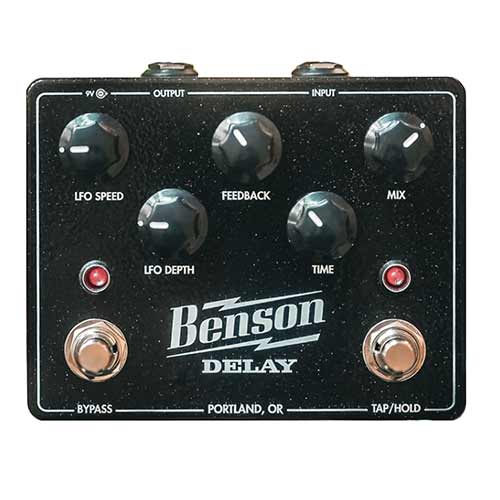
Benson Delay
€ 359 Add to cart -
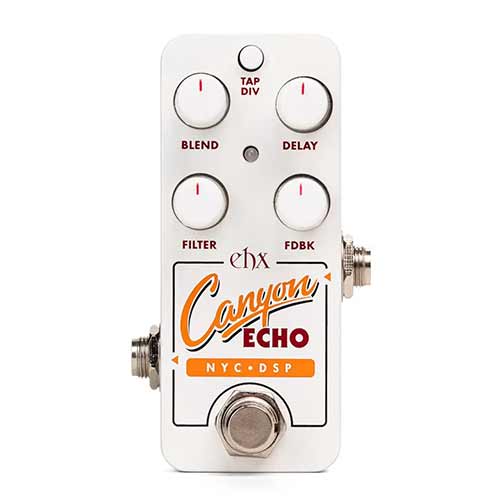
Electro Harmonix Pico Canyon Echo
€ 149 Add to cart -
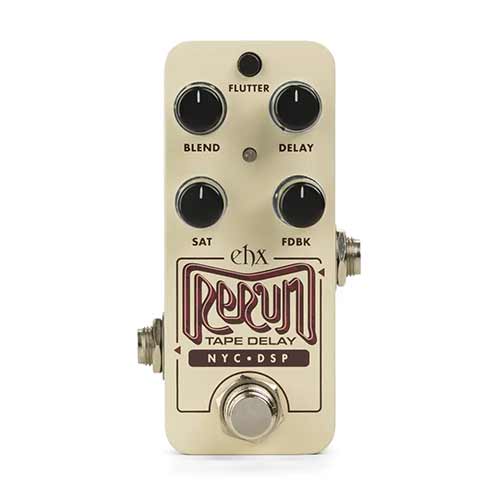
Electro Harmonix Pico Rerun
€ 129 Add to cart -
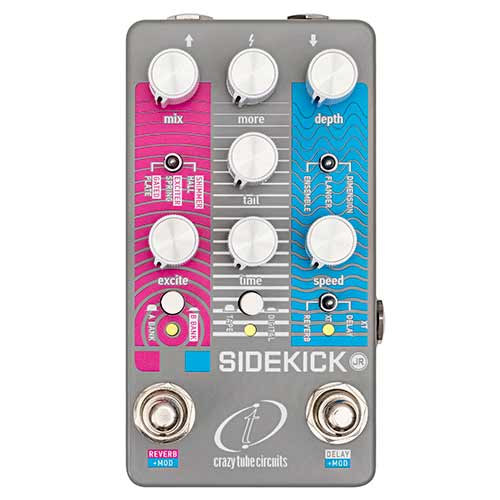
Crazy Tube Circuits Sidekick Jr
€ 289 Add to cart -
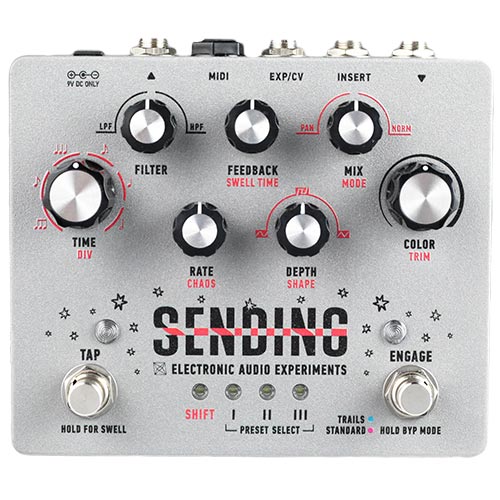
Electronic Audio Experiments Sending V2
€ 739 Add to cart -
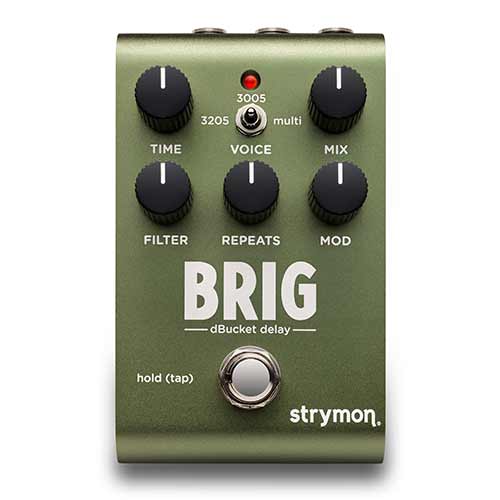
Strymon Brig
€ 299 Add to cart -
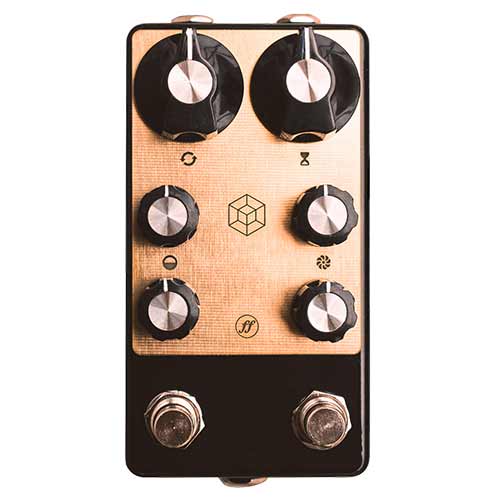
Fjord Fuzz Loke
€ 229 Add to cart -
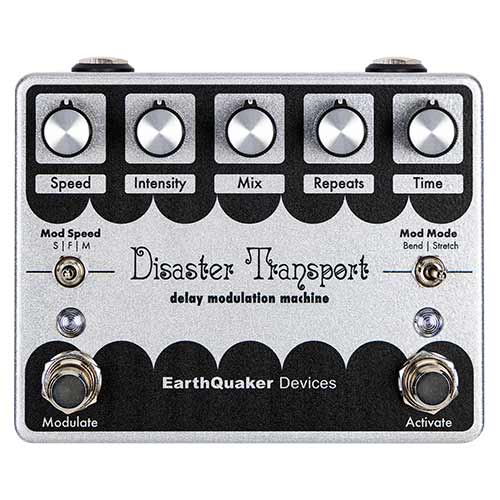
Earthquaker Devices Disaster Transport Legacy Reissue
€ 269 Add to cart -
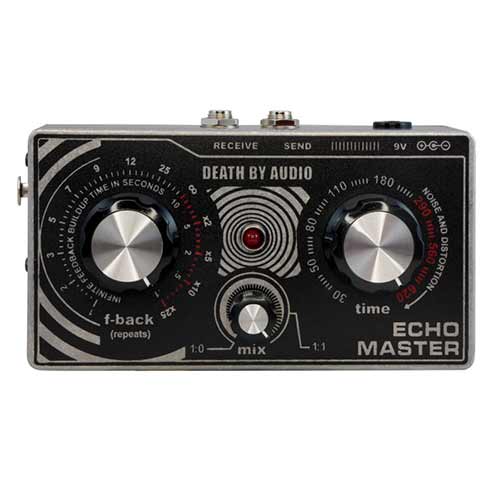
Death by Audio Echo Master
€ 385 Add to cart -
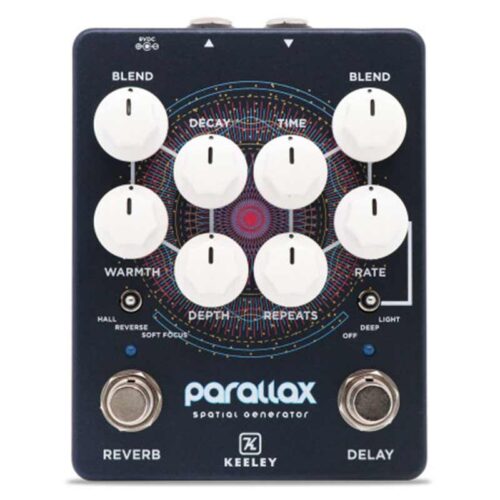
Keeley Parallax
€ 279 Add to cart -
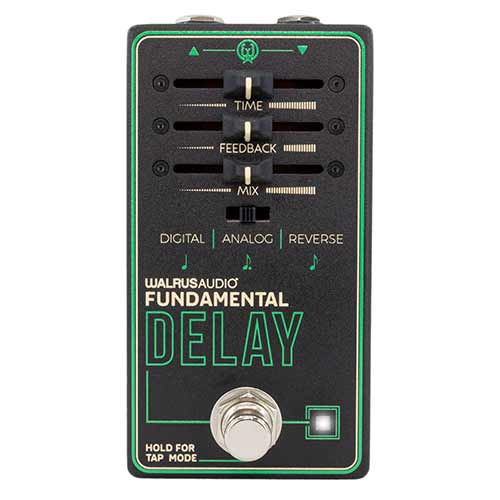
Walrus Audio Fundamental Delay
€ 139 Add to cart -
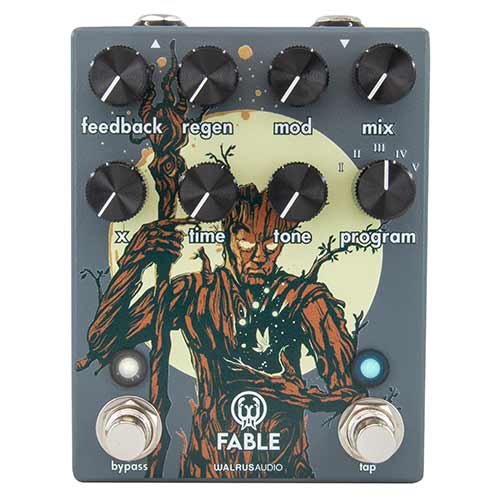
Walrus Audio Fable
€ 335 Add to cart -
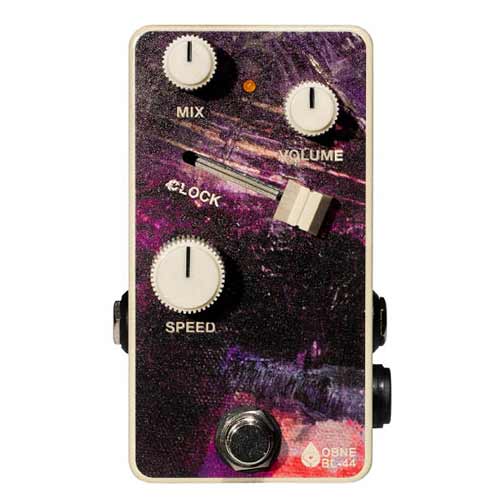
Old Blood Noise Endeavors BL-44 Reverse
€ 209 Add to cart -
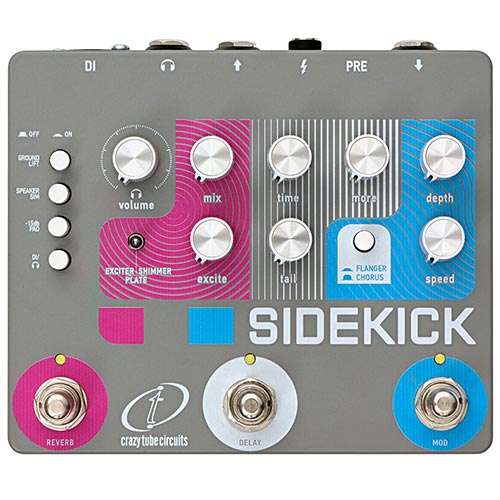
Crazy Tube Circuits Sidekick
€ 299 Add to cart -
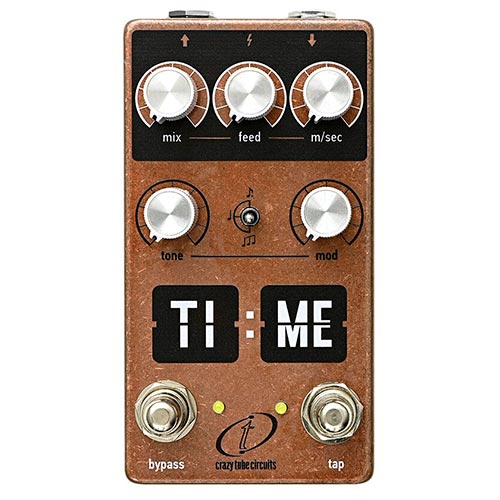
Crazy Tube Circuits Time
€ 185 Add to cart -
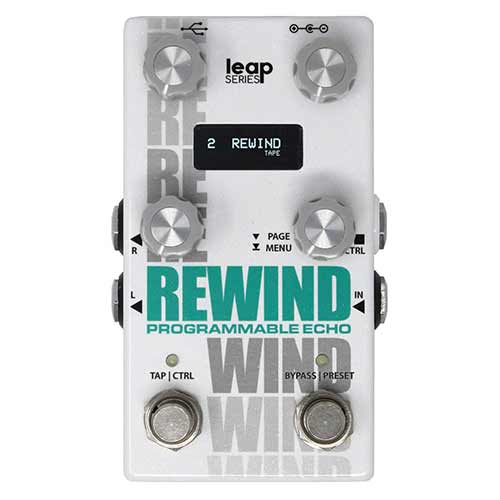
Alexander Pedals Rewind
€ 279 Add to cart -
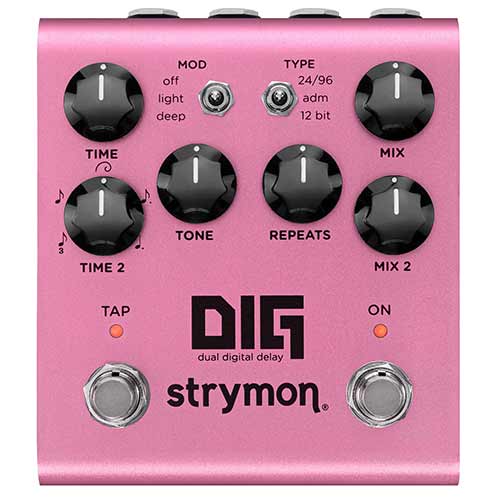
Strymon Dig V2
€ 429 Add to cart -

Strymon El Capistan V2 dTape Echo
€ 429 Add to cart -
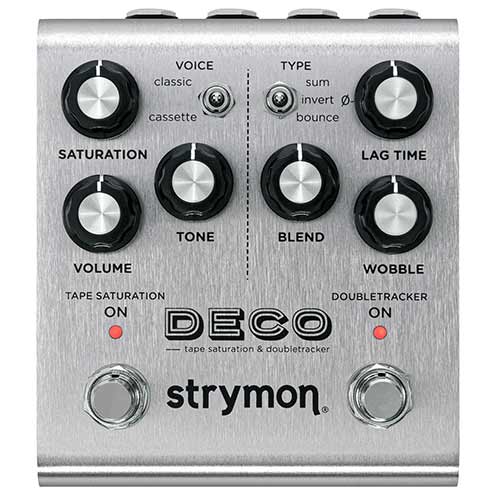
Strymon Deco V2
€ 429 Add to cart -
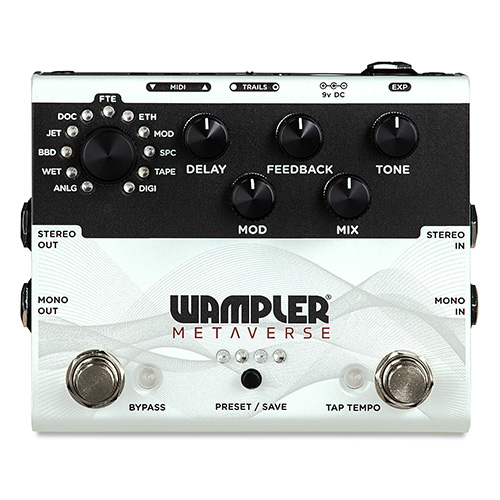
Wampler Metaverse
€ 339 Add to cart -
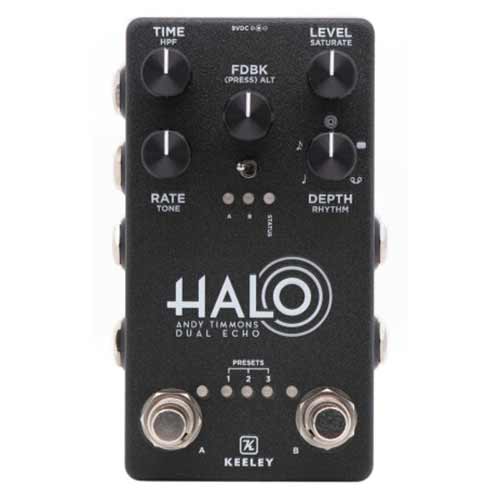
Keeley Halo Dual Echo
€ 355 Add to cart -
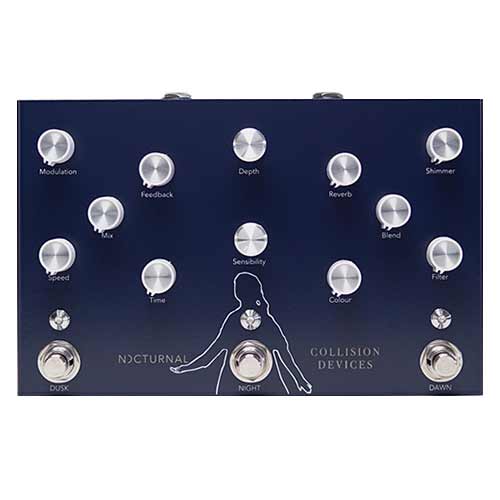
Collision Devices Nocturnal
€ 399 Add to cart -
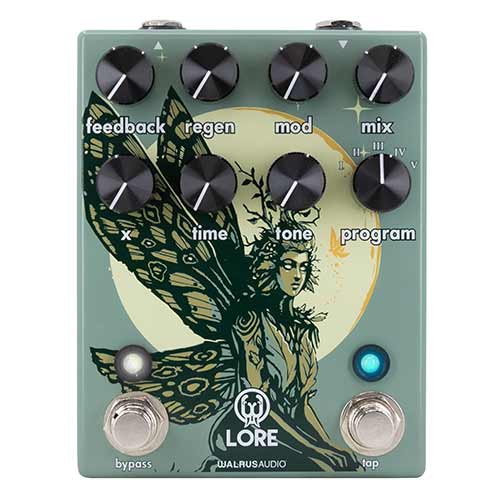
Walrus Audio Lore
€ 335 Add to cart -
-22%
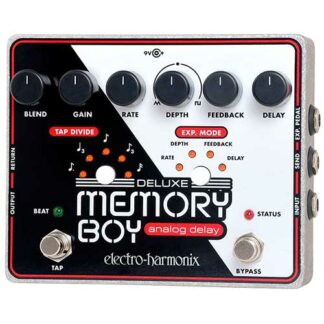
Electro Harmonix Deluxe Memory Boy (B-Stock)
€ 179 Add to cart
Showing 1–32 of 102 results
Delay pedal
Tape, analog or digital delay
Delays come in three flavors: magnetic (tape), analog, and digital. Magnetic ones are (almost) not available in pedal format. However, there are plenty of analog and digital ones. An analog delay pedal consists of an electronic circuit in which the original signal is delayed and repeated. It often uses so-called Bucket Brigade Chips. The sound quality of this is slightly less good than that of a magnetic delay. In particular, there is a loss in the high tones, these are repeated less well. Nowadays, however, this typical warm sound is often a plus of the analog delay.
Early days
The digital delay pedal was developed in the 1980s. In the early days it sounded poor, nowadays the sound quality is good to very good. With a digital version you get an almost exact repetition of the original guitar signal. Another advantage over an analog pedal is the somewhat longer times that you have at your disposal.
Settings
On each pedal you can set the time, number of repetitions and volume. In addition, you can change the timbre of the repeats and set the type on digital pedals. Sometimes there are also options to set modulation. The range of an analog pedal is often a maximum of about 500 milliseconds, while a digital pedal has up to a full second (1000 ms) of delay time. Analogue pedals from Chase Bliss can also be controlled with MIDI and have many additional options.
